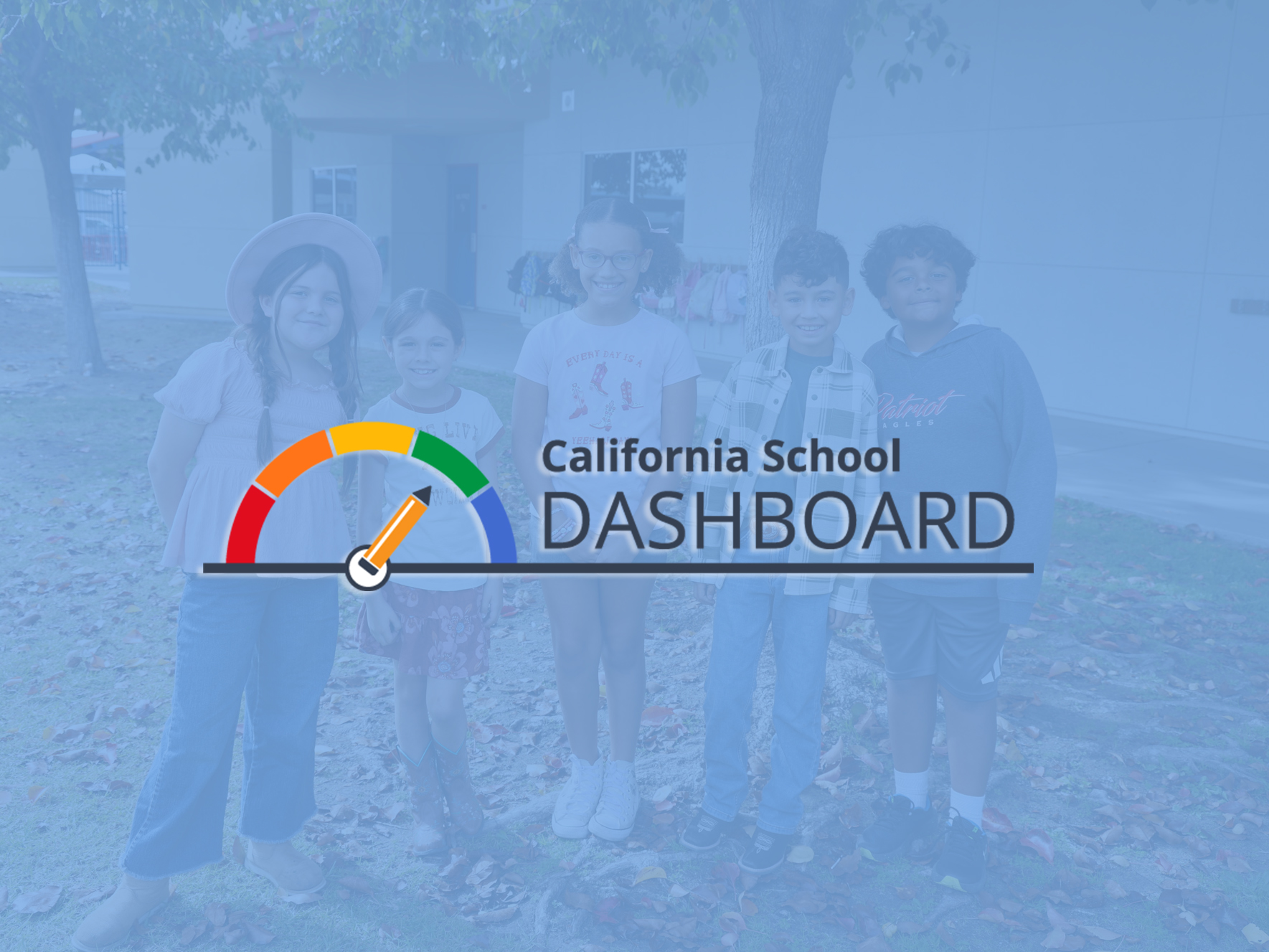
California Unveils ’25 School Dashboard; Kern County Shows Steady Gains
Friday November 14, 2025

California’s 2025 School Dashboard was released Thursday, providing a comprehensive snapshot of how the state’s students, schools, and districts are performing across a range of academic and school-climate measures. The annual accountability tool — created by the California Department of Education in 2017 — evaluates progress using multiple indicators such as English language arts and math achievement, graduation rates, suspension rates, chronic absenteeism, and college and career readiness.
Unlike traditional single-score systems, the Dashboard offers families, educators, and community members a clearer, more holistic picture of how schools are supporting students. Statewide, this year marks the first time since the Dashboard’s inception that all indicators landed in the “yellow” or “green” range, signaling improvement across every measure.

“Seeing modest improvement on every Dashboard indicator should encourage us to deepen our investments in every child’s progress,” said State Superintendent of Public Instruction Tony Thurmond.
Here at home, Kern County students still trail the statewide average for meeting or exceeding standards. However, preliminary analysis of the county’s 2024–25 aggregate results show encouraging momentum: local students improved at a rate that outpaced statewide growth in English language arts and science and kept roughly on pace with statewide gains in math.
“While our overall proficiency rates still have room to grow, Kern County students are making steady and meaningful progress,” said Dr. Edward Gonzalez, Executive Director of the Kern Integrated Data System.
Moreover, Kern County’s four-year graduation rate and chronic absenteeism rate both slightly outperform statewide averages. Kern’s four-year graduation rate stands at 87.6 percent, while its chronic absenteeism rate has steadily improved over the past several years to 16.9 percent. Chronic absenteeism is defined as missing 10 percent or more of school days.
One of the most notable shifts this year is a reduction in the number of Kern County local educational agencies (LEAs) newly identified for Differentiated Assistance (DA), which dropped from 22 last year to 17 this year.
DA is a central component of California’s accountability system that identifies districts needing targeted support when specific student groups are struggling across multiple measures. A decrease in DA designations signals that more student groups are making progress and that systems of support are strengthening.
“Seeing fewer districts identified for Differentiated Assistance this year is a clear sign that the hard work happening in our schools is making a difference,” said Dr. Candi Huizar, Executive Director of School District and Regional Support at KCSOS. “Our educators have been incredibly focused on meeting the needs of student groups who have historically faced the greatest barriers, and the progress we’re seeing reflects that commitment.”
In addition to DA support, KCSOS provides hundreds of professional learning opportunities, collaborative work groups, and specialized networks each year — but one of the most significant recent advancements has been the implementation of a regional support model designed to deliver more responsive, relationship-driven assistance to districts across Kern County.
Under this model, the county is divided into five geographic regions — Central, Northern, Southern, Eastern, and Western — allowing KCSOS to tailor services to the unique needs of each area. Kern County’s districts vary widely in size, location, demographics, and available resources, from small rural mountain communities to large urban centers. The regional structure ensures KCSOS staff remain closely connected to local challenges and better positioned to provide timely, targeted support.
Each region is anchored by a designated superintendent lead who helps streamline communication, coordinate resources, and guide improvement efforts. This approach strengthens collaboration among neighboring districts, promotes equity in service delivery, and ultimately enhances student outcomes countywide.
The California Dashboard can be found at https://www.caschooldashboard.org/.
By Robert Meszaros
Rob Meszaros is Director of Communications for the Kern County Superintendent of Schools, where he has served since 2012. In his role, Meszaros oversees media relations, internal and external communication strategies, publications, Marcom, branding, and multi-media content creation. Before joining KCSOS, Meszaros was the PIO for CSU Bakersfield and earlier worked for seven years at The Bakersfield Californian.
